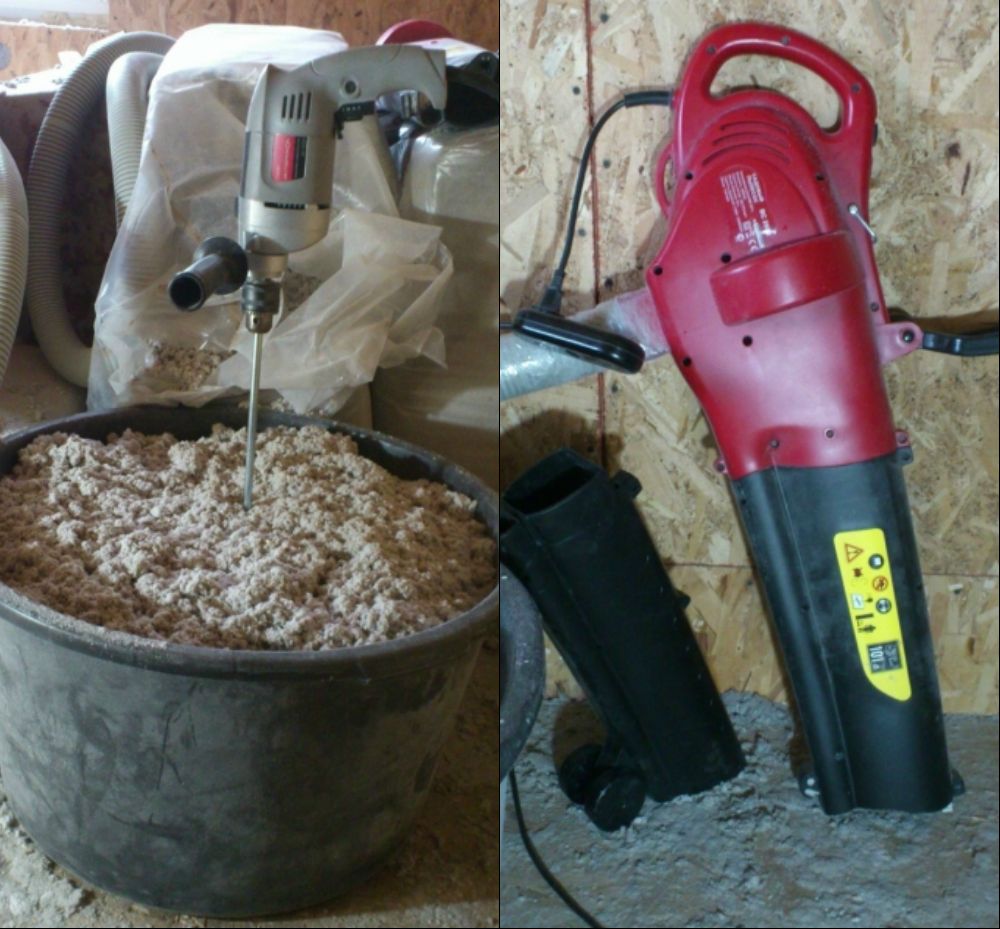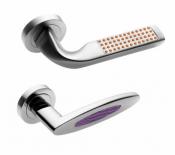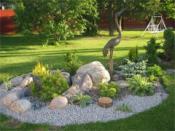Search
Login
Installation of ecowool by improvised means. How to apply ecowool with your own hands as a heater? The main methods of warming ecowool independently. Dry, wet and wet-glue methods
In the arsenal of experienced and novice builders and just those who are used to cope with all household chores on their own, a new way of heat and sound insulation has appeared, which is based on the use of ecowool. At present, this method is rarely used, which is most likely due to the low level of public awareness of such a high-quality heat insulator as ecowool. This article will help to rectify the situation, which describes in detail about a new generation of insulation, as well as about the main ways of installing ecowool.
Content
- Ecowool. Structural composition
- Installation methods ecowool. Manual and automated video
- Ecowool mounting equipment video
- Ecowool installation methods
Ecowool. Structural composition
Ecowool is the latest type of heat and sound insulating materials with a multicomponent structure. The main substance in this composite solution is cellulose, which accounts for more than 80%. It determines the basic heat-insulating properties of ecowool.
But the use of cellulose in its pure form is impossible in the construction industry, since it is characterized by a high level of flammability and exposure to biological destructive factors. In this regard, 12% of the total specific gravity is assigned to boric acid, which acts as an antiseptic, and, thanks to the storm, ecowool acquires antipyretic properties. In order to ensure the connection of ecowool particles with the insulated structure, it contains lignin, which performs this function when moistened.

Installation methods ecowool. Manual and automated
Installation of ecowool is usually carried out in two ways, fundamentally different from each other and applicable for various purposes. The most simplified is considered the manual method of laying, used for insulation of floors and ceilings, as well as for dry wall installation.

A more modernized method of applying ecowool is recognized as a semi-automated method, which involves applying the material using a spray gun.
The technology for installing eco-friendly cotton wool in a manual way includes several successive stages and begins with the pouring of insulation into a container of a suitable volume, which can be a bucket or any volumetric boxes.
Given that ecowool is supplied to the distribution network in a compressed state, the next stage of work should be its fluffing, which is carried out using a drill or a nozzle for mixing paint.

Having performed the above manipulations, you can proceed directly to the manual installation of ecowool, which consists in filling it with floor slabs or for dry filling in vertical structures. Manual installation method is not suitable for warming cottages and houses with a large area.

But if you are faced with the exact opposite situation and you need to insulate a house with an impressive area, you will have to resort to installing ecowool yourself using special blowing equipment.
Ecowool mounting equipment
So, for automated blowing, you need the following equipment for installing ecowool:
1. A blower equipped with a special agitator, which is necessary for a more uniform supply of ecowool.

2. Corrugated hoses designed to supply material to the place of insulation.
3. A set of specialized pumps necessary for the water-glue installation method
4. Optional wet spray kit
5. Also, the equipment can be equipped with specialized nozzles for blowing and electric trimming rollers designed to remove excess material.
Ecowool installation methods
There are three installation methods for laying ecowool using specialized equipment, which got its name in accordance with technological principles: dry, wet and wet-glue.
dry installation of ecowool
Experts recommend the use of dry installation of ecowool for the equipment of cellulose insulation of inclined surfaces and surfaces located in a horizontal plane, for the installation of cellulose insulation in the ceilings located between floors, and for filling enclosed spaces in the walls.

A dry spraying method is carried out as follows: In confined spaces that need to be filled with insulation or in cavities limited by membrane waterproofing, it is necessary to arrange an opening whose diameter matches the diameter of a corrugated hose or nozzle for spraying. The resulting hole is connected to a hose, which facilitates the flow of ecowool mixed with air to the destination. The air helps to fill the smallest holes with ecowool, followed by the formation of a cellulose plug. The cavities are filled until the required insulation density is reached.

Ecowool spraying on horizontal surfaces differs only in that these planes do not need mandatory tight insulation.
wet installation of ecowool
Wet installation of ecowool is just the right thing for vertical open access structures. The principle of this method is to apply ecowool moistened with water on open structures bounded by frame structures.
At the same time, cellulosic material fills all the free space and adheres tightly to the skeleton, which is explained by the presence of lignin in its structural composition, a substance that, when wetted, gives the ecowool an adhesive structure.
If, applying eco-wool, you find excess material that clearly protrudes above the frame materials, then here you will need an electric trimmer roller, with which you can easily remove excess cellulose.

wet-adhesive installation of ecowool
The stages of wet-adhesive installation of ecowool are similar to those of the wet application method. A distinctive moment is only the addition of adhesive, which gives the finished insulation a number of advantages. These include: a small degree of deformation during drying of the cellulosic material, higher elasticity and the absence of impurities harmful to the human body in the material. The most justified application of this installation method is the equipment for thermal insulation of surfaces located in a horizontal plane, in their lower part, where there is no free access to the structure from above. These planes include ceilings, structures located in a hanging position and various kinds of thin-walled structures.

Distinctive features of the use of ecowool as a heater is the simultaneous solution of several installation tasks, the main of which are sound insulation, sound insulation and the problem of condensation. In addition, insulation with ecowool has high wear-resistant and heat-insulating qualities, which do not tend to decrease over a long period of time. The lack of a tendency to shrink is another of the many advantages of cellulose insulation.






